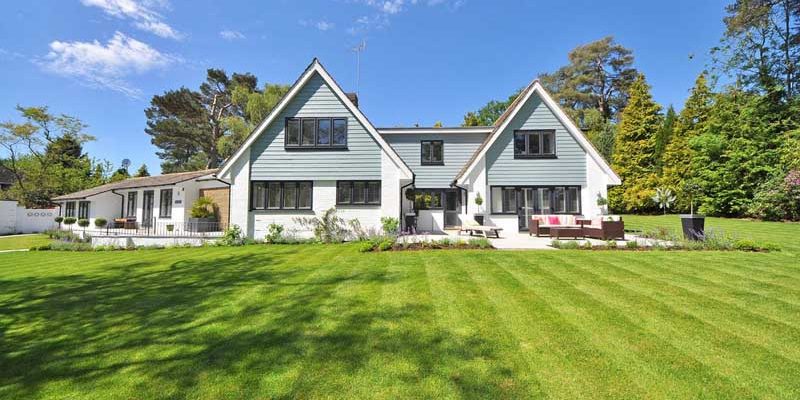Ao instalar grama artificial, a drenagem adequada é crucial para manter a longevidade e a aparência da grama. Aqui está uma lista de componentes normalmente necessários para uma drenagem eficaz:
- Material de sub-base: The first layer of the drainage system for your grama artificial is the sub-base. Normalmente é feito de solo compactado ou uma camada de material agregado, such as crushed stone or gravel. The purpose of this layer is to provide a firm, stable foundation for the artificial grass while also allowing water to drain away.
- Weed Membrane: A weed membrane is often placed over the sub-base to prevent the growth of weeds up through the artificial grass. This is also permeable, allowing water to pass through.
- Crushed Granite/Gravel: This layer is important for good drainage. The crushed stone or gravel provides a place for water to go when it drains through the artificial grass, and its size and shape allow water to flow through it easily. The layer should be between 2 e 3 inches thick.
- Geotextile Layer: A geotextile layer is an optional addition which can provide additional drainage and stability to the system. This fabric layer is permeable, allowing water to pass through, but it prevents the migration of the crushed stone layer into the sub-base, which can cause instability.
- Shockpad Layer (Opcional): Depending on your specific needs, you might include a shock pad layer for extra cushioning. This layer is also porous, so water can easily flow through it.
- Grama artificial: The artificial grass itself is usually perforated to allow water to drain through it. This is important to prevent water from pooling on the surface of the grass.
- Preencher: Infill is spread over the top of the artificial grass and helps to weigh down the grass, provide cushioning, and assist with drainage. There are different tipos of infill available, Incluindo areia de sílica and rubber granules, and the choice depends on your specific needs and preferences.
Lembrar, the slope of the area is also important to consider. Ideally, you would want a slight slope (around 1-2%) to help the water flow away from the area and prevent pooling.
Please consult with a professional or an artificial grass supplier for specific recommendations based on your location and specific project requirements.







